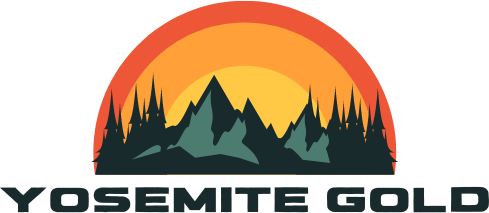The changing seasons bring new beauty and new challenges to the park. As an example, springtime here means that the waterfalls are flowing, the meadows are turning green, the wildflowers are blooming and the wildlife is becoming active — including Yosemite’s black bears. Bear activity remains active until the late fall.
Bears and humans CAN share Yosemite but it takes important consideration. Remember, all food must be stored properly while in the park. It’s the law. Food and other scented items must be stored in a hotel room or a bear locker. Food or scented items left in your car overnight put both your car and park bears at risk. Bears WILL break into cars to obtain food. Bear resistant canisters are highly recommended, and, in most places, required in Yosemite National Park. View this Yosemite map for required canister locations.
In those few areas within Yosemite where bear canisters are not required, it is strongly recommended that you store your food in a bear canister. Otherwise, you may hang your food using the counterbalance method, carefully following all the instructions. Be prepared to stay up at night to scare away bears attempting to get your food. Bears can get hung food, even if you hang it properly. Food lockers or cannisters are, by far, the most effective way to prevent bears from getting human food.
Metal food lockers are available in every campsite, most trailhead parking areas and at lodging areas with tent cabins (Curry Village, White Wolf & Tuolumne Meadows). Lockers are also available at Little Yosemite Valley and High Sierra Camp backpacker campgrounds. While a bear can smell food in a locker, the bear can’t get into the locker if it’s closed and latched properly.
Each campsite and Housekeeping Camp unit contains one food locker for your use at no charge. Additional lockers are not available, so plan to bring only the amount of food, drinks, and toiletries that will fit in one locker. In Camp 4 and at trailhead parking areas, lockers are shared: do not use a padlock. In some recent years, backcountry area near Hetch Hetchy was actually closed to camping to reduce the number of human/bear incidents and to prevent cubs from learning to seek out human food.
With canisters and food lockers, Yosemite provides a solution so that backcountry users can camp in this beautiful area while ensuring that bears cannot obtain human food.
The National Park Service has produced a 4 minute long QuickTime video about food storage around bears. The file size is 5.7 MB, so download time on a broadband connection may take a minute or two or about 15 minutes on a 56 kbps modem connection. Click here to view. There is no audio (captions only).
WHAT TO DO IF YOU SEE A BEAR:
What you should do depends on the situation. In any case, always let a ranger know or leave a message at 209/372-0322. If you are in a developed area (e.g., campground, parking lot, lodging area), act immediately to scare it away: make as much noise as possible by yelling or banging pots together (don’t worry about waking people up if it’s nighttime). If there is more than one person, stand together to present a more intimidating figure, but do not surround the bear.
The intent is not to harm the bear, but to scare it from the area and restore its natural fear of people by providing a negative experience. If you see a bear anywhere else, keep your distance (at least 50 yards). If you get closer, you will be helping the bear become used to being around people. Bears that become comfortable around people lose their natural fear of us and sometimes become too aggressive; sometimes they then have to be killed.
When a ranger sees a bear, the ranger may use non-lethal aversive tactics to chase bears out of developed areas. During your overnight stay, expect to see and hear rangers patrolling public areas for bears. You may hear rangers yelling at and chasing bears. You may also see or hear rangers using a shotgun to shoot noisemakers or rubber projectiles at bears. The intent is not to harm the bear, but to scare it from the area and restore its natural fear of people by providing a negative experience.
PLEASE do your part in helping Yosemite National Park decrease the number of human/bear incidents.
Would you like to know more about California’s black bears? California wilderness managers and wildlife biologists call them “smart, motivated and relentless.” They’ve also put together a terrific About Sierra Black Bears web site with lots of great information.
